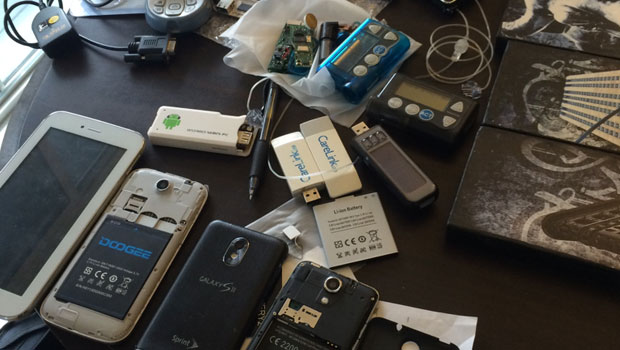Why We Hack Our Diabetes Devices

The FDA is charged with overseeing the product safety of medical devices. Diabetes device manufacturers spend millions developing pumps and continuous glucose monitors (CGMs). So why would home programmers want to hack into their CGMS and pumps?
As patients, our relationship to diabetes devices is both special and frustrating. Picture a sci-fi movie of a dystopian future where we have devices attached to us that must be refilled, serviced, and touched all the time if they are to keep us alive. The manufacturer’s instruction manual and guidance represent very real political controls on how we spend our time.
Hacking on open source software allows us to have a sense of control in the process of insulin delivery that can’t be found within the pages of the traditional user manual. I believe it allows us to stay safer, too, and establish a greater sense of trust in our devices.
I want to walk you through the process of Nightscout, one of the major hacking efforts for diabetes devices. My hope is that by describing Nightscout’s culture, we can create a safe venue for all types of open source projects to proliferate and succeed.
First and foremost, we strive to make our process as transparent as possible, and all our meeting minutes are developed and maintained in public forums where anyone is free to criticize or suggest improvements. These open discussions are geared toward answering the following questions about diabetes device code development:
- How do you track and distribute updates and releases?
- Can you find problems in releases, and notify people about potential problems?
- Who updates the code?
- How do you know the code is doing what it’s supposed to do?
- How do users get support if they run into trouble?
- How long between issue and resolution?
Social media also helps Nightscout developers measure the safety and efficacy of code, and identify potential problems in programming. Many social networks, such Github and Facebook have tools that track and store how users behave on those networks. Their usage can be aggregated and analyzed to track user concerns, possible bugs, and how those bugs are being fixed. We’ve now created a very early draft of process control documents modeled after the FDA’s quality systems regulation process to compare and contrast how the data provided by social media may provide needed oversight of devices.
The end goal of Nightscout is not to create a process that is incompatible with the FDA approval process, but to strengthen oversight and improve diabetes devices. In the article “Why We Need a Diabetes Device Hack-a-thon,” Craig Idlebrook plants the idea that perhaps the FDA should host a hackathon for diabetes. I couldn’t agree more. Together, let’s create a venue for the public, vendors, and regulators to hack diabetes together.
Editor’s Note: This post was edited and excerpted from a longer manuscript.
Thanks for reading this Insulin Nation article. Want more Type 1 news? Subscribe here.
Have Type 2 diabetes or know someone who does? Try Type 2 Nation, our sister publication.